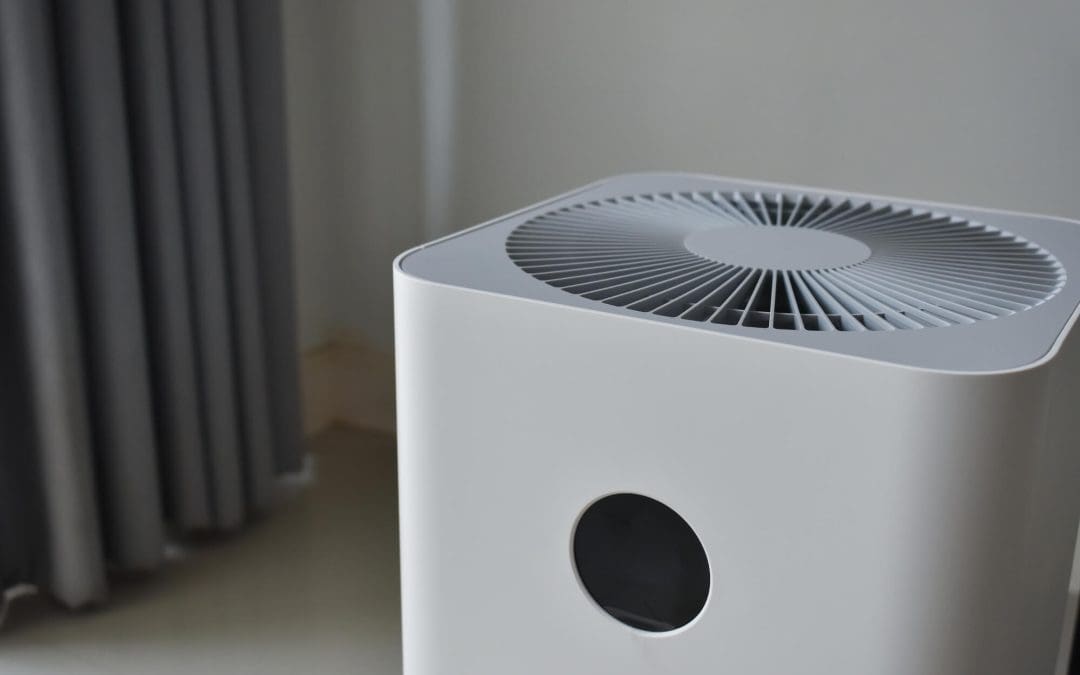California has a lot going for it—sunshine, coastline, and incredible places to live. But clean indoor air? That’s not always guaranteed. Between wildfire smoke, urban smog, pollen, dust, and even chemicals from everyday products, it’s easy for your home’s air to become stale, polluted, or even harmful over time. You don’t have to live next to a factory or in the middle of fire country to deal with low-quality indoor air. In fact, the average home in California traps pollutants inside every day, often without the owner even realizing it. Luckily, improving your indoor air quality is pretty straightforward. It just takes some smart moves and consistency.
Want to Improve Indoor Air Quality? Start With Ventilation That Actually Works
One of the easiest ways to improve air quality is to make sure the air is actually moving. That means checking that your home has proper ventilation. In older homes, this might involve upgrading kitchen and bathroom fans. In newer homes, which are often more airtight for energy efficiency, it may mean adding mechanical ventilation to keep fresh air coming in.
On good air quality days, opening windows for cross-ventilation is still one of the most effective (and free) options. But in California, the air outside isn’t always safe—especially during wildfire season. On those days, it’s better to rely on filtered HVAC systems or standalone air purifiers.
Choose Air Purifiers That Can Handle California’s Unique Problems
Not all air purifiers are created equal. If you’re dealing with wildfire smoke or urban pollution, you’ll want one with a HEPA filter and a carbon filter. HEPA removes fine particles like smoke and dust, while carbon takes care of gases and odors, including off-gassing from furniture, cleaners, or building materials.
Size matters, too. Match the purifier to the size of the room it’s in. A little desktop unit won’t do much in a large open-plan living room.
Use the HVAC System to Improve Indoor Air Quality
Your HVAC system plays a huge role in indoor air quality. If the filters are cheap or clogged, you’re just recirculating dust, dander, and other contaminants every time the system kicks on.
Upgrade to high-quality pleated filters with a MERV rating between 8 and 13. These trap a wide range of particles without restricting airflow. Just make sure your system is rated for the filter you’re using, and change them regularly—every 1 to 3 months, depending on usage.
If your HVAC system is older, consider having the ducts inspected for leaks or buildup. Dirty or leaky ducts can drag in pollutants and reduce system efficiency.
Eliminate Sources of Indoor Pollution
Even in clean, well-ventilated homes, indoor air can go downhill fast if you’re introducing pollutants without realizing it. Many household products release volatile organic compounds (VOCs), which can irritate your eyes, lungs, and skin. Air fresheners, cleaning sprays, candles, and synthetic materials are common culprits.
Switching to low-VOC or fragrance-free products makes a big difference. So does limiting anything that burns indoors—candles, incense, and wood stoves all put particles in the air that don’t belong in your lungs.
Keep Dust and Allergens Under Control
Dust isn’t just dirt. It’s a mix of skin cells, fibers, pet dander, pollen, and more. In California, seasonal allergies can make it even worse.
Vacuuming with a HEPA-filtered vacuum, damp dusting surfaces, and washing bedding regularly are all simple steps that help. If you have pets, bathing them occasionally and keeping them off beds and sofas can also reduce airborne allergens.
Pay Attention During Wildfire Season
When smoke starts drifting in from hundreds of miles away, you need a plan. During wildfire season, keep doors and windows closed. Run air purifiers in key areas of the home, and switch your HVAC to “recirculate” to avoid bringing in outside air.
If you don’t already have one, a portable air quality monitor can help you stay informed. It’ll let you know when your efforts are working—or when it’s time to make adjustments.
FAQs on Indoor Air Quality
What’s the quickest way to improve air quality in my home?
Start by replacing your HVAC filters with high-quality pleated ones and running a HEPA air purifier in the room where you spend the most time.
Do houseplants help clean the air?
While they look great and add humidity, studies show that hundreds of plants would be needed to clean the air like a single air purifier.
How do I know if my indoor air is bad?
If you’re noticing musty smells, frequent dust buildup, irritated eyes, or headaches, those are signs your air quality might be off. An indoor air monitor can give you solid data.
Should I run my HVAC fan all the time?
In many cases, yes. Running the fan continuously can help circulate and filter the air more often, especially if you’re using high-quality filters.
What’s a good MERV rating for home HVAC filters in California?
MERV 8 to 13 is a solid range. If you’re in an area with smoke or pollution, aim for the higher end—but make sure your system can handle it.
The Property Inspection Pros provides home inspection services in the San Diego area. Contact us to schedule an inspection today!

